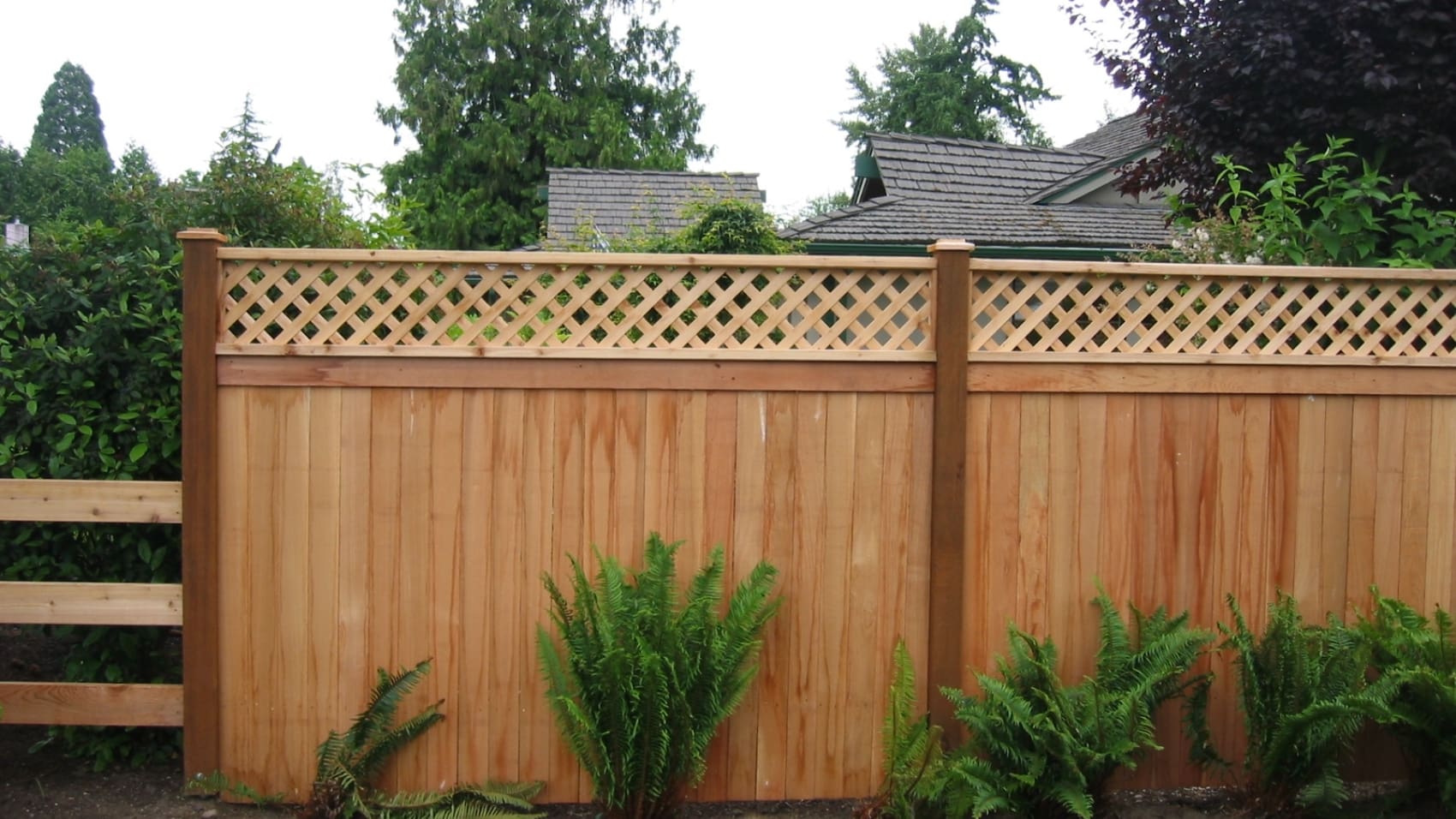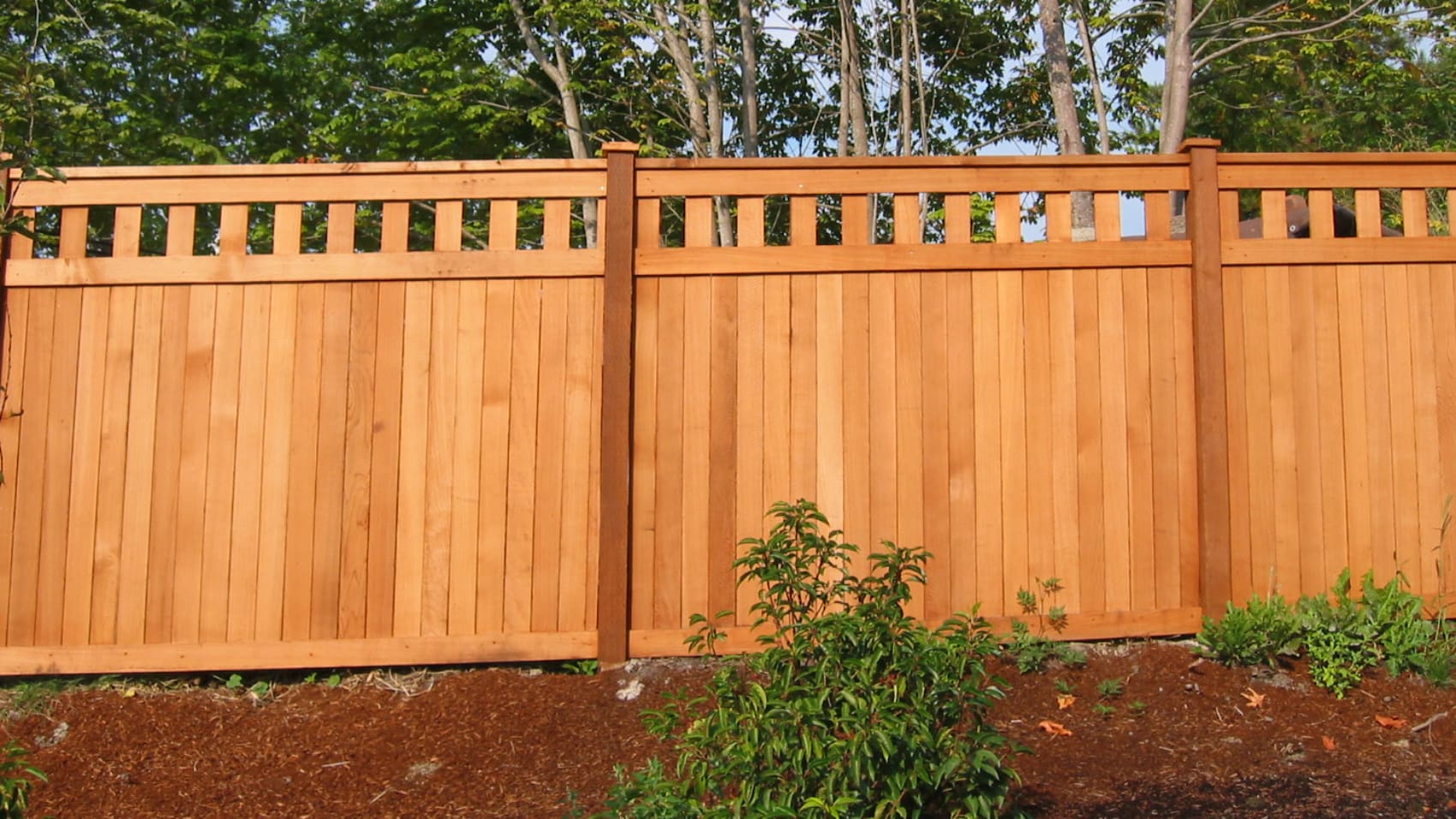What is the Best Wooden Fence in the Pacific Northwest?
The cool, wet winters and hot, dry summers in the Pacific Northwest call for a wood fence that can withstand both extremes. If you’ve recently moved to this part of the country, you’re in for a wonderful transition, thanks to predominantly mild weather. But then again, you’ll need a fence for your new home that’ll stand up to what Mother Nature throws your way.
The term “mild” doesn’t necessarily mean you won’t be facing some intense weather. The region is known for heavy rains, strong winds, and occasional snow or ice storm. So, your fence will need to be durable enough to handle these elements.
Why a Wood Fence?
There’s no shortage of options when building a fence, from wrought iron and steel to vinyl and aluminum. However, wood is – by far – the most popular choice for fencing in the Pacific Northwest. Well, there’s a good reason for it. Property owners know all too well the effects of moisture, humidity, and ultraviolet radiation in this region. Wood fences offer a multitude of advantages; it’s long-lasting, relatively low maintenance, strong and secure.
Extended Life of a Wood Fence
Wood fencing is surprisingly long-lasting, which contradicts the common belief that they require frequent replacement in wet climates. It’s all about selecting the right type of wood and taking proper steps to seal, stain, or paint for protection from moisture build-up. But by far the reason people choose wood fences is because they like the look of them.
Low Upkeep
If you don’t take the proper steps to maintain it, wood fencing can become dilapidated quickly due to moisture and UV rays. However, simple steps like occasional cleaning and staining are often enough to keep it looking great even for decades.
Security
Although not as strong as other fencing materials, i.e., wrought iron or steel, a wood fence still provides sufficient security. It’s easy to install high-grade locks, and a wood fence also withstands forceful winds that’ll cause other fencing materials to weaken over time.
Beauty
Wood is natural and versatile; it works well with staining and sealants if you want the perfect colour for your home’s exterior. You can add decorations and other detailing to your wood fence for a more personalized look. You can’t get this perk if you choose a metal or vinyl fence.
While there’s nothing wrong with wrought iron or even aluminum, the fact is they’re way pricier when you factor in the cost of coating and maintenance. A wood fence only requires regular inspection and sealing for an extended lifespan. Likewise, the installation cost for wrought iron or steel fences is significantly higher than a wooden fence. You could find cheap aluminum fencing material, but its main drawback has to do with security. It’s so light that it won’t hold up against strong winds. It can’t even protect your property from a large animal or intruder.
Choose Your Wood Wisely
If you’re at peace with wood fencing, you first should know the different types of wood available in the Pacific Northwest before investing in it. Cedar is a popular choices, as they naturally resist rot, decay, insects, and other environmental factors that can damage a fence. We’ll talk about your options later; for now, let’s figure out what to factor in when choosing the type of wood for fencing purposes.
1 – Weather Resistance
If you live in an area with extreme weather, choosing wood that is naturally resistant to moisture and UV rays makes sense. Cedar and redwood are traditional options for this purpose.
2 – Strength
Although not as tough as steel or wrought iron, some types of wood, i.e., oak, are stronger than others and can offer the same level of protection without all the additional costs for coating.
3 – Cost
The cost of a wood fence can vary widely depending on several factors such as the type of wood used, the complexity of the design, and the overall length and height of the fence. Generally considered one of the more affordable fencing options, wood fences can range from economical to high-end.
4 – Aesthetics
Wood offers a timeless appeal to any property. It’s versatile; you can paint or stain your wood fence for a distinctive visual value. If you want something more out of the ordinary, most wood options are versatile enough to be adorned with a variety of decorative elements.
5 – Insect Vulnerability
Arguably the most significant concern with wood fencing is insect infestation. Fortunately, cedar and redwood naturally resist insects; but if you choose a different type of wood, invest in quality sealants for added protection. Without the protection some wood types require, you’ll end up with a weak and fragile fence after just a few years.
Wood fencing is no pushover, even if most people underestimate it and favour the more modern steel and iron options. So, whether you’re moving into a new Pacific Northwest home or sprucing up an existing one, you won’t find incorporating one of these wood fencing options hard.
Last Thoughts On The Best Wooden Fence in the Pacific Northwest
At Town & Country Fencing we have been in business for over 58 years and our team understands the unique qualities of cedar and how to utilize them best for fencing. Their vast experience in cedar fence construction ensures that you get a fence that not only looks great but also lasts for years. If you’re looking for a new wooden fence then please give us a call.


